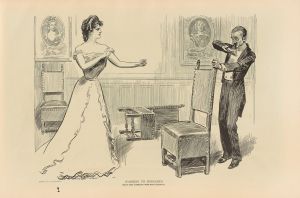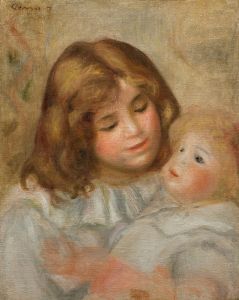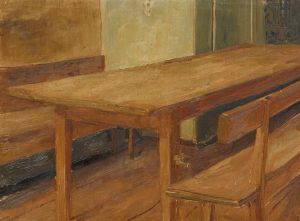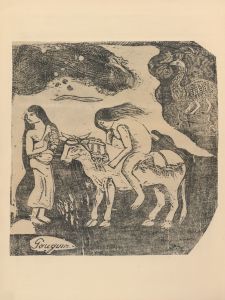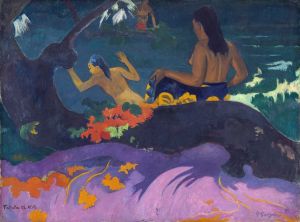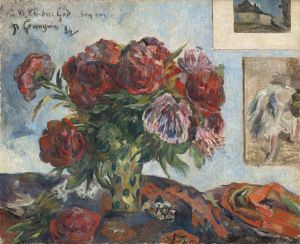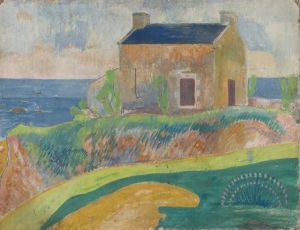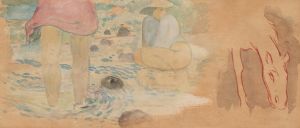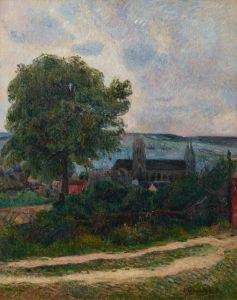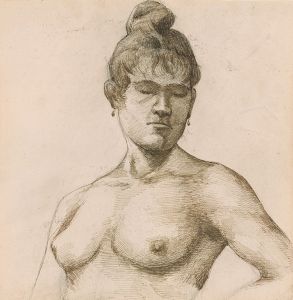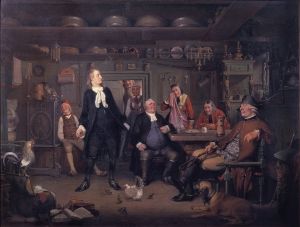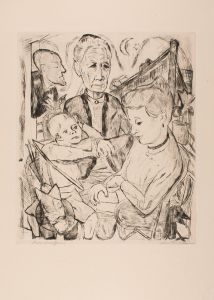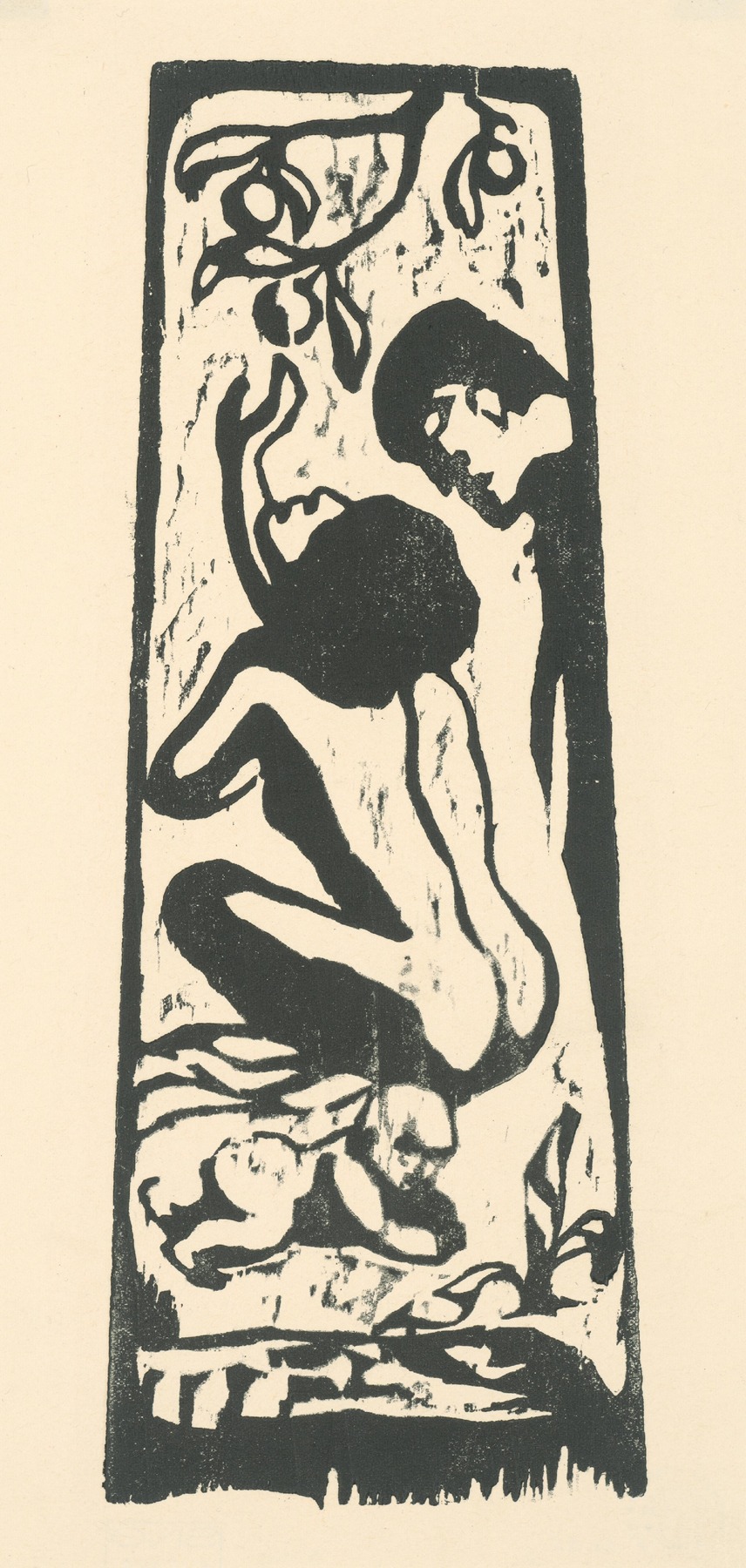
Family
A hand-painted replica of Paul Gauguin’s masterpiece Family, meticulously crafted by professional artists to capture the true essence of the original. Each piece is created with museum-quality canvas and rare mineral pigments, carefully painted by experienced artists with delicate brushstrokes and rich, layered colors to perfectly recreate the texture of the original artwork. Unlike machine-printed reproductions, this hand-painted version brings the painting to life, infused with the artist’s emotions and skill in every stroke. Whether for personal collection or home decoration, it instantly elevates the artistic atmosphere of any space.
Paul Gauguin's painting "Family" is one of the many works by the renowned French Post-Impressionist artist, who is best known for his bold colors, strong lines, and depictions of exotic subjects. Gauguin's art often reflects his quest for a more primitive and unspoiled culture, which led him to spend significant periods in Tahiti and other parts of French Polynesia. However, specific information about a painting titled "Family" by Gauguin is not widely documented or recognized in major art historical sources.
Gauguin's oeuvre includes numerous paintings that explore themes of family and community, often set against the backdrop of Tahitian life. His works frequently depict native people in everyday scenes, capturing the essence of their culture and environment. Gauguin's style is characterized by its use of vivid colors, simplified forms, and strong outlines, which were influenced by his desire to break away from the conventions of European art and embrace a more symbolic and expressive approach.
In his pursuit of depicting family and communal life, Gauguin often drew inspiration from his surroundings and the people he encountered during his travels. His paintings from this period reflect a fascination with the simplicity and perceived purity of indigenous cultures, which he contrasted with the complexities of Western society. This thematic focus is evident in several of his well-known works, such as "Tahitian Women on the Beach" and "Where Do We Come From? What Are We? Where Are We Going?", where he explores existential questions and the human condition through the lens of Tahitian life.
Gauguin's time in Tahiti was marked by both artistic innovation and personal turmoil. He sought to immerse himself in the local culture, although his interactions with the native people were often complicated by the colonial context and his own personal struggles. Despite these challenges, Gauguin's Tahitian paintings are celebrated for their unique perspective and contribution to the Post-Impressionist movement.
While there is no widely recognized painting by Gauguin specifically titled "Family," his body of work frequently addresses themes related to familial and communal relationships. His approach to these subjects is often imbued with a sense of idealism and a longing for a more authentic and harmonious way of life. Gauguin's legacy as an artist is defined by his innovative use of color and form, as well as his ability to convey complex emotions and ideas through his depictions of people and places far removed from the European art scene of his time.
In summary, while there is no specific information available about a painting titled "Family" by Paul Gauguin, his broader work often explores themes of family and community within the context of his experiences in Tahiti and other locations. His contributions to art history are significant, as he pushed the boundaries of traditional painting and sought to capture the essence of cultures that fascinated him.






